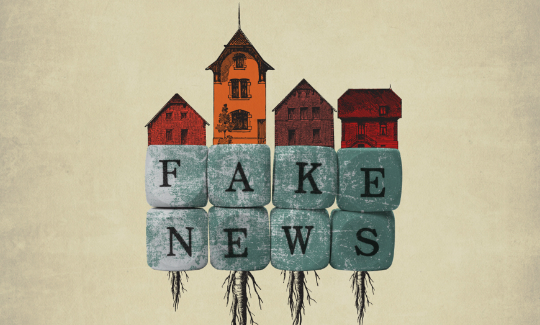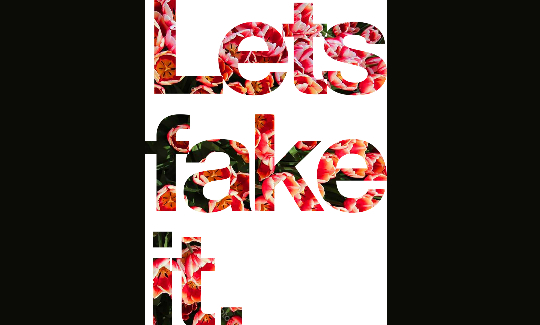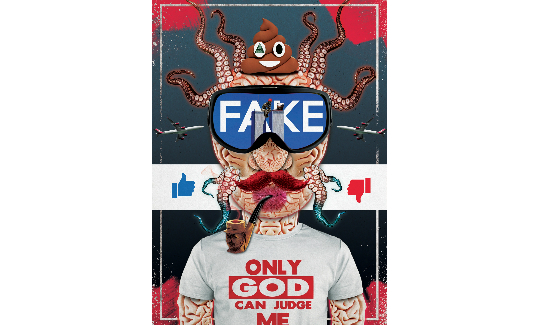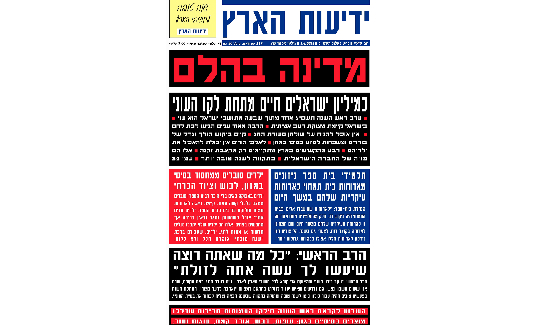This exhibition addresses the role of the poster in the internet age, with the emergence of a new public space that places no clear limits on what can be advertised and where. While Facebook, Instagram, and YouTube do choose to censor the content they host according to guidelines that determine which content may offend their user community, a significant amount goes undetected by "Big Brother." The traditional poster, whose sources can be traced to the invention of the printing press, now returns as "cover" images or "invitations" accompanying event notices, or as an image designed for a specific platform, such as Instagram. Designers and artists use it to express protest and criticism in a variety of platforms – in magazines, online, in galleries, and of course, on street walls.
One of the most popular figures used by artists for these purposes is Donald Trump. The American president has become a kind of "poster boy," representing false truths, distorted facts, and fake headlines. Many artists, as well as announcers, commentators, and comedians have chosen him as a symbol of contemporary political reality, in which anyone can choose what to believe, regardless of actual knowledge. Moreover, knowledge is seen as redundant and unnecessary, while "gut feelings" and "real" statements are warmly welcomed.
Politicians are seen as liars a priori, and this, supposedly, is nothing new. However, what is seemingly new here is that Trump is considered quite a bad liar, lacking charm and repeatedly caught in the act. Mark Twain claimed that lying is a "necessity of our circumstances." According to him, we are today witnessing the decay of the art of lying, since in our time lies have become "lumbering and slovenly." It seems that in the figure of Donald Trump, this characteristic is expressed in an extreme form.
The current exhibition contains several direct references to President Trump. Marisa Maestre addresses relations between Latin America and the United States under Trump's rule, and his racist, derisive comments. Street artist Plastic Jesus created a print in which Trump can be seen commanding us to disobey him, based on the famous image of the wrestler "Andre the Giant" in the work of designer and street artist Shepherd Fairey. Lahav Helevi uses the president's face as background for the text "I faked the news today, oh boy," in a variation on the words of the famous Beatles song "A Day in the Life." In an image accompanying an invitation to the KOK SCHOCK TLV party line, "Forever Blond," Trump appears sporting his famous haircut, which in this image looks particularly blond. The caption recalls the title of the Alphaville song "Forever Young," thus ridiculing the president's figure and his hair, which has become his main attribute. In this case, the illusory and deceptive appearance of the hair is, like the man himself, "fake news."
Text: Anat Martkovich





